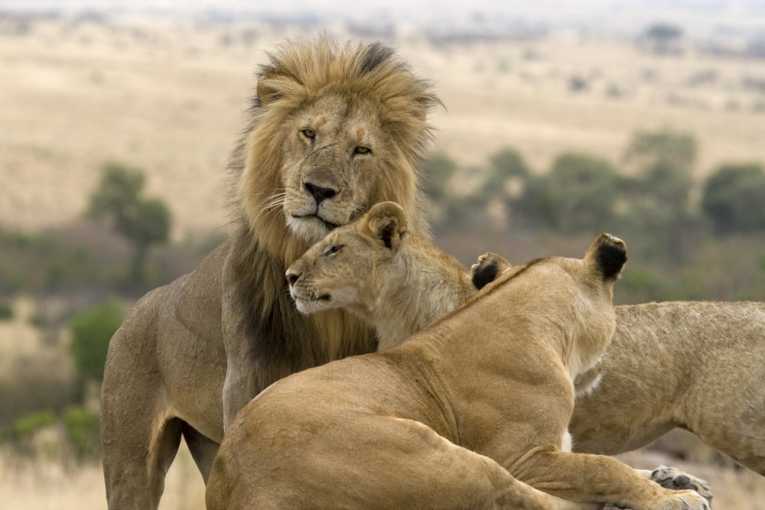If there's any sound that's surely to put us humans in fear of our lives, it's the roar of one of the big cats. But, says new research, they're just crying like human babies and want attention. The deep, throaty, fearsome roar of a lion or tiger has no underlying psychological meaning says the new study, authored by Ingo Titze and published online in the journal PLoS One, it's simply the product of the design of the big cats' vocal cords.
Titze, a speech scientist and the director of the National Centre for Voice and Speech said: "In some ways, the lion is a large replica of a crying baby, loud and noisy, but at very low pitch."
While a baby might cry to get a cuddle, because its nappy is full or it's hungry the attention that a lion or tiger is seeking is slightly more threatening says Titze - he's marking his territory, and ignoring it might have more serious consequences than a soiled bottom.
Both human babies and the big cats have similar vocal cords which are loose and gel-like and produce a rough sound designed to grab the attention rather than please the ears of listeners.
Before this study it was thought that the low, loud roar of the big cats was down to the size of their vocal cords. Titze has now found that it's a matter of shape - the cords are square and flat - and a healthy layer of fat that allows the cats to put their voice machinery through quite a work out. Most animals have triangular vocal cords.
The researchers used voice boxes from three lions and three tigers, which had all been humanely killed in their zoo homes, after reaching a great age.
They put the animals' vocal cords through a battery of tests to work out how fast they could vibrate and - taking account of the animals superlative lung power - what sort of sound they would produce.
And, they found the shape of the cords was the key: elk, for example have vocal cords of around the same time but produce nothing like the deep, frightening sound of the big cats, sounding like a 'high bugle' according to Titze.
The research could have practical uses for us humans too - apart from helping us relax in safari parks - as the knowledge will feed into the work of surgeons working on reconstructing human vocal cords.










